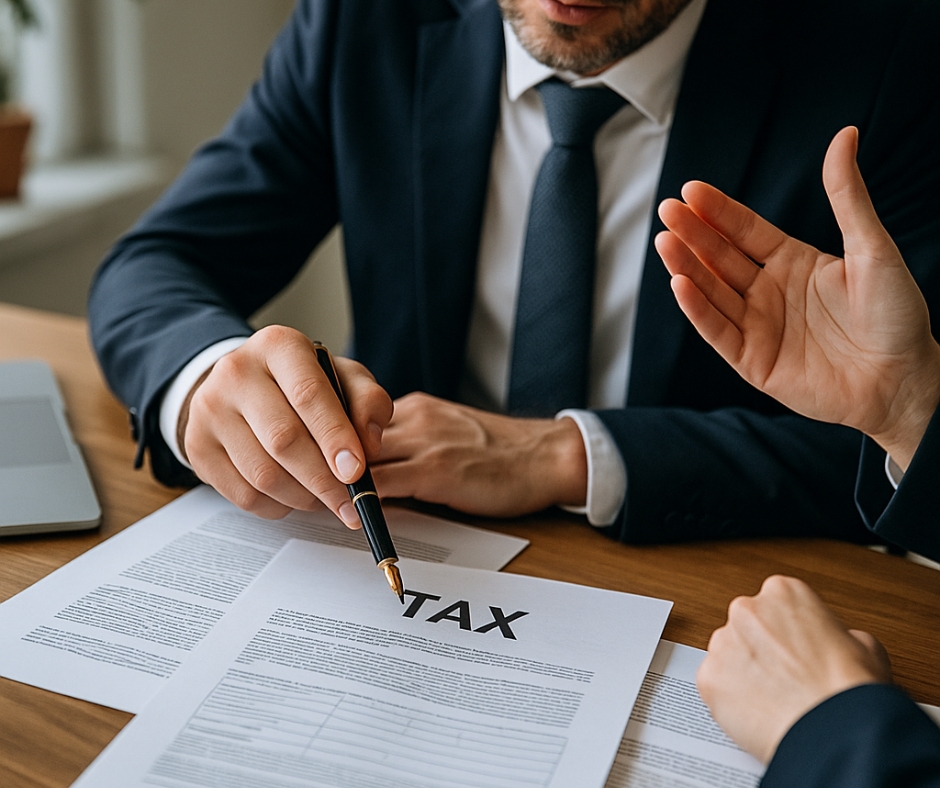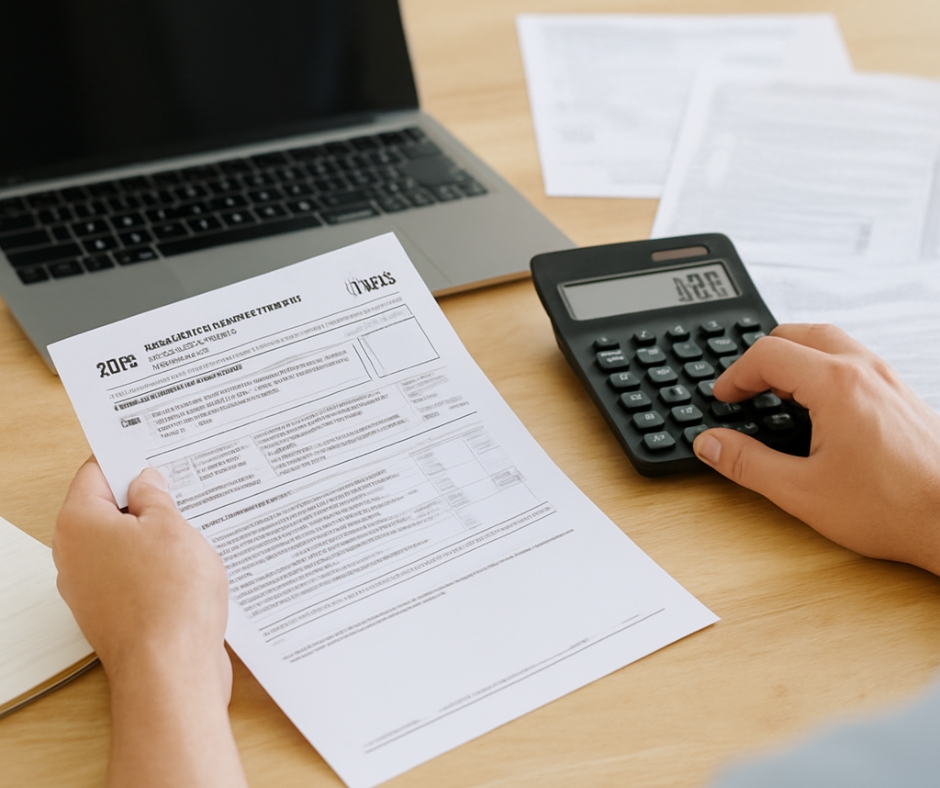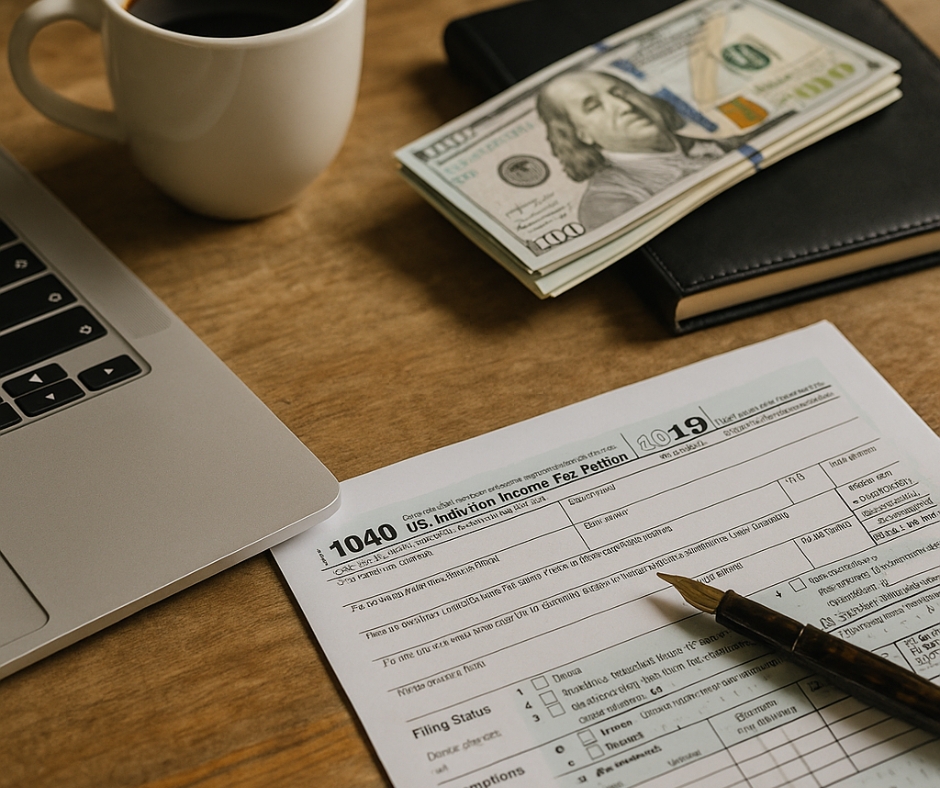Word-of-mouth marketing has been one of the most powerful sales drivers for decades. When a satisfied customer refers a new client, that recommendation carries more trust than any advertisement. If you’re looking for an effective way to boost revenue, it’s time to leverage referrals to increase sales. In this blog, I’ll break down the best strategies to build a strong referral program that turns happy customers into your best brand ambassadors.
Why Referrals Matter in Sales
Referrals are powerful because they come with built-in trust. People naturally seek recommendations before making purchasing decisions. According to studies, consumers are four times more likely to buy when referred by a friend. That’s why having a structured system for referrals to increase sales can significantly improve customer acquisition rates and brand loyalty.
Steps to Build a High-Impact Referral Program
1. Deliver an Unmatched Customer Experience
Before asking for referrals, ensure your service or product exceeds expectations. A satisfied customer is more likely to refer others if they feel valued. Focus on quality, responsiveness, and customer support to create an experience worth sharing.
2. Identify Your Best Advocates
Not all customers will be willing to refer others. Identify those who are truly happy with your brand. Look for repeat customers, those who leave positive reviews, or clients who have engaged with your business frequently. These individuals are your prime referral sources.
3. Make It Easy to Refer
A referral program should be simple and frictionless. Provide customers with easy-to-share referral links, social media sharing buttons, and personalized referral codes. The easier you make it, the more likely people will participate.
4. Offer Meaningful Incentives
While some customers may refer naturally, offering a reward increases participation. You can provide discounts, cash rewards, exclusive perks, or gift cards. The incentive should be valuable enough to motivate action but not so costly that it cuts into profits.
5. Create a Win-Win Structure
Make sure both the referrer and the new customer benefit from the referral program. A common approach is to offer a discount to the new customer while giving the existing customer a reward for every successful referral. This encourages both parties to take action.
6. Promote Your Referral Program Everywhere
To get results, your referral program needs visibility. Promote it through:
- Email campaigns
- Social media posts
- Website banners
- Checkout pages
- In-store signage
Use multiple channels to remind customers about the program and encourage participation.
7. Follow Up and Express Gratitude
After a referral is made, follow up with a thank-you message. Let your customers know that their efforts are appreciated. Consider offering bonus rewards for frequent referrals to keep them engaged long-term.
Tracking and Optimizing Your Referral Program
Once your referral system is in place, track its performance. Use analytics to monitor:
- The number of referrals generated
- Conversion rates from referrals
- The most effective channels for referrals
If participation is low, adjust incentives, simplify the process, or increase promotion. Constant optimization ensures long-term success.
Final Thoughts
Using referrals to increase sales is one of the smartest strategies for growing a business. By delivering a great experience, rewarding customers, and making it easy to share, you can turn satisfied buyers into an active marketing force. Start building your referral program today and watch your sales grow!













